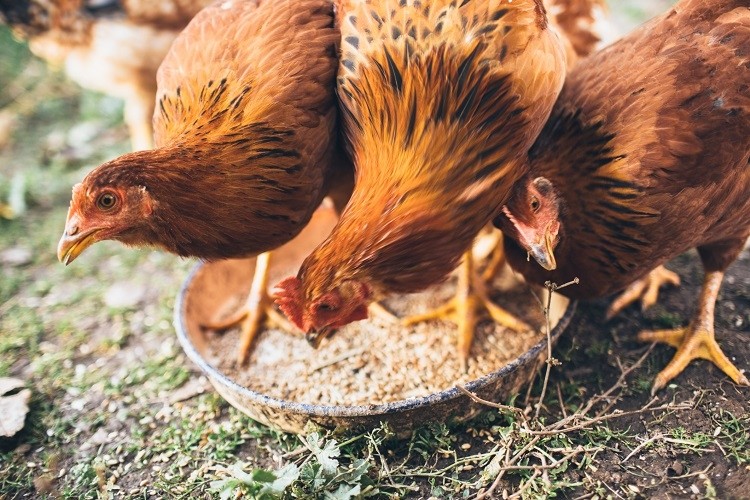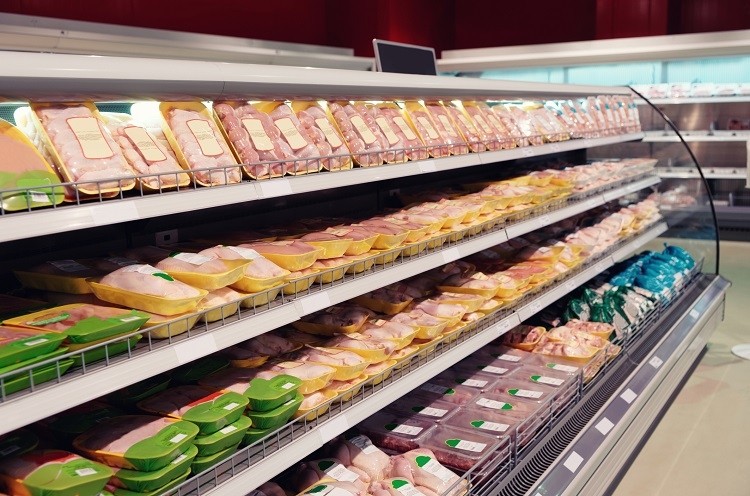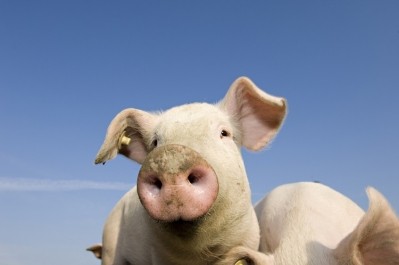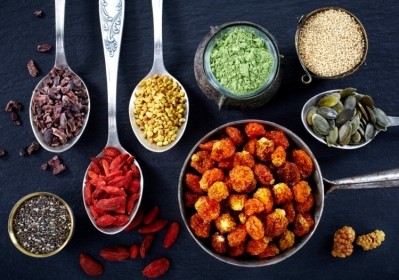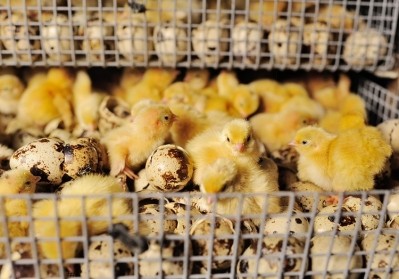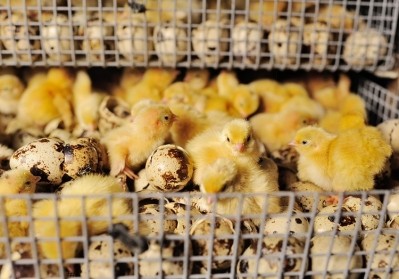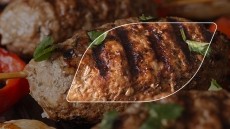Chicken sold in Dutch supermarkets to lead a ‘better life’ by 2023: ‘This is a big step towards better animal welfare’
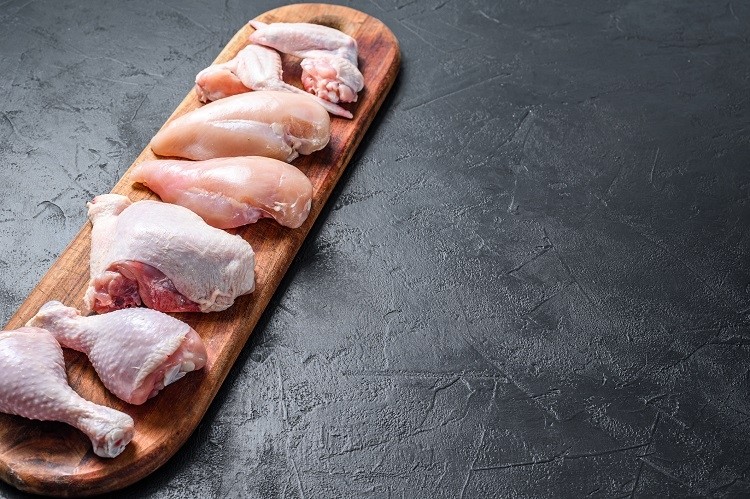
In March this year, Dutch retailer Albert Heijn announced plans to ensure all fresh chicken sold in store would carry the ‘Beter Level’ (Better Life) label with at least one star.
Since then, all national supermarket chains have followed suit, meaning that by the end of 2023, all fresh chicken sold in nationwide retailers will have been produced with animal welfare in mind.
For Ingrid de Jong, who researches poultry welfare at Wageningen University in the Netherlands, the supermarkets’ stance marks a ‘big step’ towards greater animal welfare. “There is a big difference between a regular, fast-growing broiler chicken and a Beter Leven 1 Star – chicken.”
Better Life label
The Better Life label – known as Beter Leven in Dutch – was developed by the Dutch Society for the Protection of Animals (SPA).
Regarded the largest animal protection organisation in the Netherlands, the Dutch SPA advocates for organic and free range animal farming systems. However, according to the membership organisation, less than 1% of the 450 million animals produced per year in the country are kept in these systems.
In an effort to improve the welfare of the other 99% of farmed animals that live in ‘very intense’ and ‘not very animal friendly’ systems, the Dutch SPA worked with industry to develop the Better Life label.
Designed to increase animal welfare transparency in retail, the label indicates ‘how well the animal behind your product is cared for’, explains the Dutch SPA. “That way, you have access to this information when you choose a product. This gives you more control over what you want to buy, taking into account not only what best suits your taste and your wallet, but also how you think animals should be treated.
“When you choose products with a star, you choose products for which you know about the animal’s living conditions. The more stars, the more animal-friendly the product, and the better the living conditions were.”
Welfare transparency
Specifically, one star means that animals have more room than conventional intensive farming. “There are fewer chickens per square meter, they receive distraction material such as straw bales, there is daylight in the stables and the animals can go to a covered run,” according to Wageningen’s de Jong.
“Moreover, the Beten Level chicken is genetically a very different animal than the regular fast-growing chicken. It has a different build and is more vital and active.”
Chicken products that receive two Better Life stars means the animals also have access to outdoors, and three stars means they had the most amount of space both inside and outdoors.
To be eligible for the Better Life label, the Better Life Label Foundation (BLLF) conducts an initial assessment on all the suppliers within the product’s supply chain. After a preliminary approval, participating companies are also inspected and certified by independent certification bodies at least once per year.
Certification bodies aim to conduct unannounced inspections and audits of approximately 20% of all livestock farms, and conduct ‘trace-back’ inspections at approximately 15% of service providers in the supply chain. “These inspections will examine the correct compliance of suppliers and buyers and verify the balance in kilos of the incoming and outgoing products,” the Dutch SPA explained.
Animal welfare vs climate footprint
Whether animals raised according to higher welfare standards are better or worse in terms of environmental sustainability is a contentious question. And not one easily answered.
According to Bram Bos, who researches animal production systems at Wageningen, Better Life chicken is not necessarily better for the climate.
“The animals live longer and therefore need more feed. More energy is also needed per chick for heating in the first period, because fewer animals live in a stable. These factors actually increase CO₂ emissions.”
On the other hand, he continued, the current diet for Better Life chicken contains less diet than the current diet for its common, fast-growing counterpart.
And if that soy comes from arable land that was formerly a rainforest, such as can be the case in the South American Amazon, that the land use change will ‘add up fast’ – accounting for more than 50% - in the calculation of the carbon footprint, he explained.
“Our recent calculations show at a Better Life chicken that is fed with soy from a country with land use change (such as Brazil) has less CO₂ emissions per kg of live weight than a common fast-growing chicken with soy of the same origin.
“That calculation turns out differently if the change in land use for soy cultivation is not included (e.g. if the soy comes from the US): then the Better Life chicken scores less well than the conventional, fast-growing chicken.”
Bos suggested that is ‘partly an accounting issue’. As long as the global demand for soy is high, other parties in the world will source the soy from Brazil, which means there is no substantial different for the effect on climate, he explained.
“The Better Life chicken actually uses less soy than the regular fast-growing chicken, and that leads to a decreasing demand for soy. And that in turn can contribute to reducing the pressure to convert tropical rainforests into arable lands for soya, among other things.
“Obviously, the climate and the environment are better off when we consume less animal food products.”
Better animal welfare for all Dutch chickens?
The supermarkets’ pledge concerns fresh chicken products only. This means that other chicken-based products sold in national retailers – such as chicken soup or frozen chicken products – may still contain meat from fast-growing chickens.
As de Jong explained, that mean can still be sold in fast food restaurants and in Dutch butchers. “However, sustainability and animal welfare are also on the agenda in those sectors and the same developments are taking place as previously [occurred] in supermarkets.
“I expect that we will also see a more diverse market in other countries with more welfare-friendly farming and the use of slower growing chickens.”
The supermarket pledges concern Dutch produced chicken sold within the Netherlands, meaning that farmers producing chicken for the international market needn’t adhere to the Better Life animal welfare standards.
According to Wageningen, in 2020, 65% of broiler hens were ‘fast growing’: “That percentage will fall due to the decision of the supermarkets, but most likely not to zero.”
